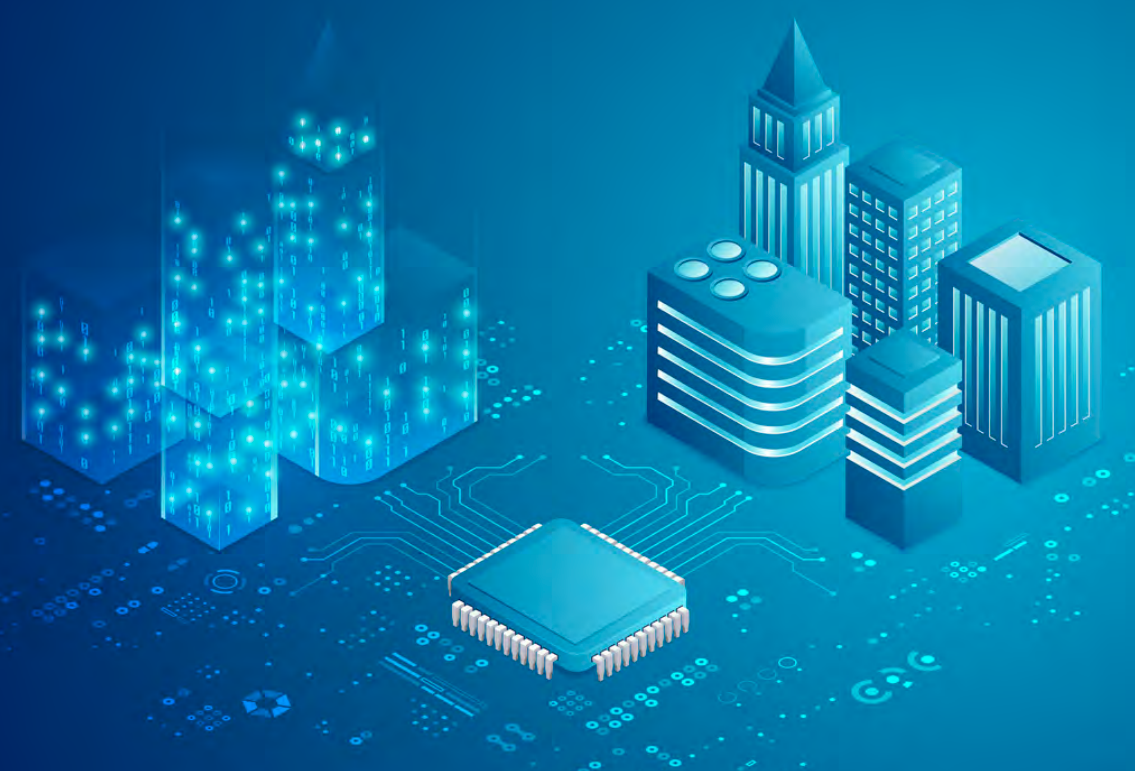How Digital Twins Can Transform Data Centre Operations
Stephen Clement | March 3, 2025

How Digital Twins Can Transform Data Centre Operations
Over the past decade, digital twins have emerged as a powerful tool across many industries. While adoption in data centres has been slower, momentum is building as the industry begins to recognise their value. The potential benefits from using digital twins are undeniable, but widespread adoption faces a mix of technical, operational, and business challenges.
At the Open Compute Project (OCP), I have the privilege of co-chairing the Digital Twin Working Group as part of the larger Data Centre Facility project. Our goal is to explore the role of digital twins in data centres, identify existing barriers to adoption, and chart a path forward for their continued development. Currently, we’re working on our first white paper that aims to assess the current state of digital twins in data centres, uncover the opportunities they present and highlight the key challenges.
The Challenges of Digital Twin Adoption
The promise of digital twins is to revolutionize data centre operations, from optimizing energy efficiency to predicting hardware failures before they happen. However, there are hurdles that must be addressed:
- Lack of a Consistent Definition: A major challenge is that “digital twin” can mean various things to different stakeholders as digital twins are defined by use cases they solve. This varies across the lifecycle of a data centre with digital tools and models forming a chain or thread.
- Data Availability & Standardization: Digital twins rely on high-quality, up-to-date data. Many data centres operate in siloed environments, making it difficult to integrate diverse data sources into a unified model.
- Interoperability & Integration: Ideally, digital twins should seamlessly interact with each other and existing monitoring and management systems, yet many tools lack compatibility or offer bespoke/proprietary integrations.
- Business Case Justification: The benefits are not always clear, organizations can often struggle to quantify the return on investment (ROI) needed to justify widespread adoption.
Many of these challenges exist for digital twins in other sectors, but they are most acute in the data centre sector due to the complexity of interactions between the data centre’s system of systems.
Sustainability & The Future of Digital Twins
One of the more exciting aspects of digital twins is their potential impact on sustainability. By providing deeper insight into computing performance, power consumption, cooling efficiency, and predictive maintenance, digital twins can help operators reduce energy waste and extend hardware lifespan without sacrificing resilience. As the industry pushes toward carbon reduction goals, these capabilities will be vital.
Looking ahead, we see a future where digital twins become an integral part of data centre design, operation, and optimisation. Advances in AI and machine learning will further enhance their predictive power, and open standards will improve interoperability across platforms.
If digital twins in data centres interest you, we’d love for you to be part of the conversation. The OCP Digital Twin Working Group brings together technologists, operators, and sustainability advocates to explore the challenges and opportunities ahead. Our upcoming white paper will dive deeper into these trends, providing a roadmap for how the industry can embrace digital twins to build more efficient, resilient, and sustainable data centres and how they can fit within the OCP eco-system.
